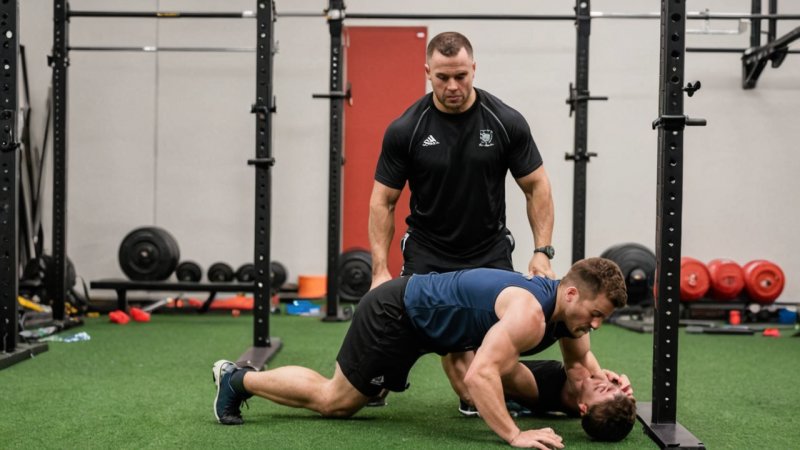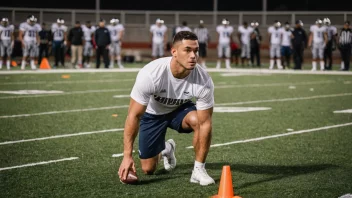In the high-stakes world of football and rugby, the importance of injury prevention cannot be overstated. With athletes pushing their bodies to the limits, the role of strength and conditioning coaches has become crucial in safeguarding players from injury while enhancing their performance. These professionals design tailored training programs that not only improve strength but also focus on the specific demands of the sport.
Strength and conditioning coaches employ a variety of techniques and methodologies to ensure that athletes are not just physically prepared but also resilient against potential injuries. One of the primary focuses is on muscle strengthening. By increasing the strength of key muscle groups, athletes can better withstand the physical challenges of the game. For instance, exercises targeting the core, hips, and legs are essential for football players who rely heavily on speed and agility.
Moreover, strength coaches also emphasize flexibility and mobility. Incorporating dynamic warm-ups and stretching routines into training helps athletes maintain a full range of motion, which is vital in preventing strains and sprains. This proactive approach can significantly reduce the likelihood of injuries that often occur due to tight or inflexible muscles.
Another critical aspect of a strength and conditioning coach's role is balance and proprioception training. By improving balance, athletes can enhance their stability during play, thereby reducing the risk of falls and other injuries. Coaches often use tools like balance boards and stability balls to integrate these exercises into training sessions.
In addition to physical training, coaches also play a vital role in educating athletes about body awareness and injury signals. Athletes are taught to recognize the early signs of fatigue or discomfort, which can help them avoid pushing through pain that may lead to more serious injuries. This education fosters a culture of safety and self-care within teams.
Furthermore, the integration of technology into training regimens has revolutionized how strength and conditioning coaches approach injury prevention. Wearable technology, such as heart rate monitors and GPS trackers, allows coaches to monitor players' physical exertion and recovery. This data-driven approach enables coaches to make informed decisions about training loads and recovery times, ensuring athletes are not overtraining.
In conclusion, the role of strength and conditioning coaches in injury prevention is multifaceted and essential in the realm of football and rugby. By focusing on strength, flexibility, balance, body awareness, and leveraging technology, these professionals equip athletes to perform at their best while minimizing the risk of injury. As the understanding of sports science continues to evolve, the strategies employed by strength coaches will undoubtedly become even more refined, contributing to safer and more effective athletic performance.






